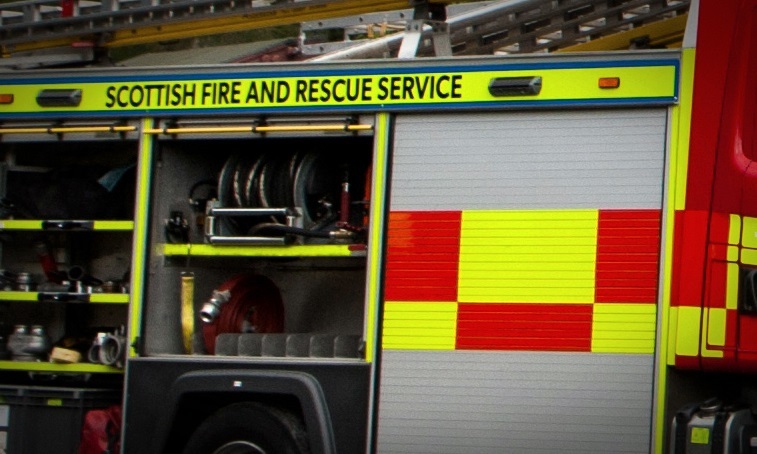Lessons must be learned ahead of the imminent closure of Fife’s fire control room, Scottish Liberal Democrat leader Willie Rennie has warned.
Mr Rennie said there must be no repeat of the tragic consequences that followed police control room centralisation.
“Before they make any decisions, they should be hearing from members of staff, whose warnings were ignored when the plan was being rolled out for the police,” he said.
“The fire service is different, but lessons can be learned, and must be learned.”
The Police Investigations and Review Commissioner is currently investigating why Police Scotland took three days to respond to a fatal road accident after it was reported.
Thornton fire control closes on March 30, with calls diverted to Edinburgh’s Tollcross centre.
Scottish Fire and Rescue Service (SFRS) Local Senior Officer Iain Vincent gave assurances over the new set up when he delivered a report to Fife’s Safer Communities Committee.
“A full training programme is being delivered for operations control staff, which covers the differences in the mobilising system, procedures and working practices,” said the report.
“The transition phase will provide the SFRS with a modern, effective and, most importantly, safe system designed to protect our firefighters and our communities.”
As a result of regional brigades being merged, the number of control rooms in Scotland has fallen from eight to three Dundee, Edinburgh and Johnstone in Renfrewshire.
Mr Vincent said some staff had not been happy with the move. He said: “In terms of personnel, some are going from Thornton to the east of Scotland and some to the north of Scotland.
“It has been a difficult time for the staff and I’m not suggesting it’s been a straightforward process.
“Some are not necessarily delighted to be moved away from their workplace but everything is being done to make the transfer process as smooth as it can be.”
Control room staff currently based in Edinburgh have been rehearsing mobilising appliances to Fife for the past four months.
However, an automated system linking the three control rooms will not go live until a later date.
Until it is phased in, when Tollcross receives notice of a fire in north Fife, the call handler would have to notify Dundee to deploy the nearest appliance.
Councillor Tim Brett said although this arrangement is what currently happens between Thornton and Dundee, he would like to see the new system brought in as soon as possible.
He said: “One would clearly like for all three control rooms to be integrated.
“My concern would be when this could happen. It would be good to have a date for when this was going to occur.”
